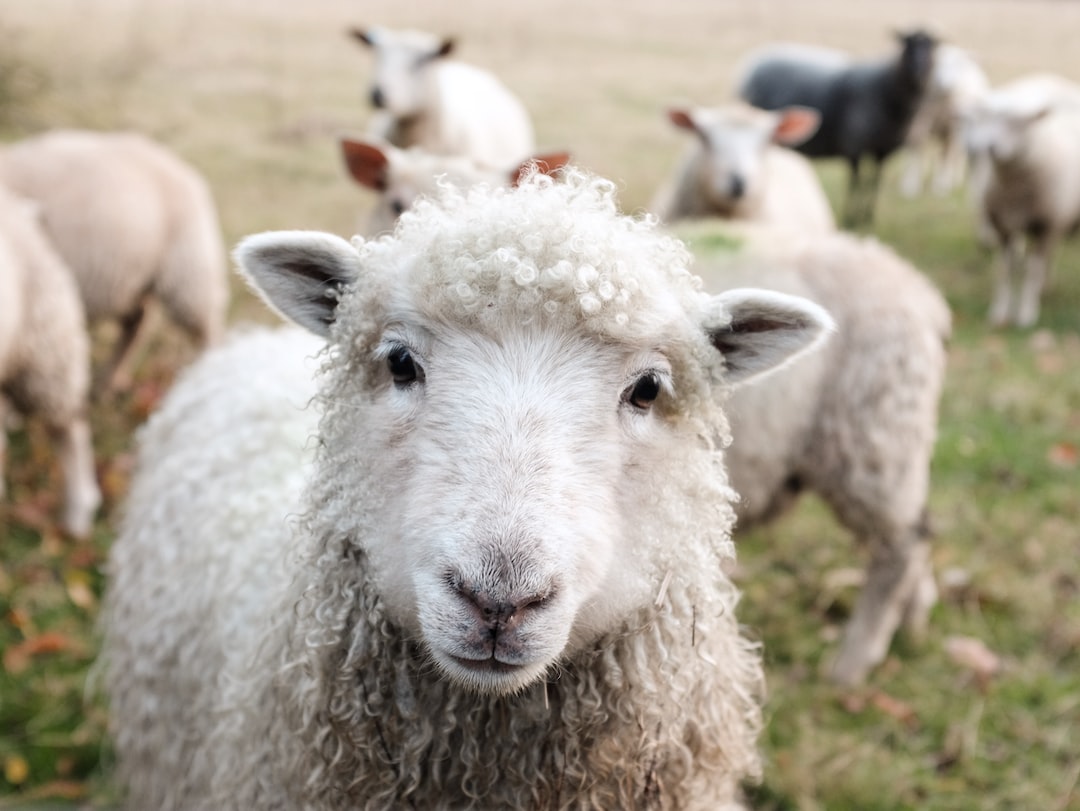The Surprising World of Ants: How They Communicate and Organize
When it comes to social organization and communication, humans often marvel at their own achievements. We have built complex societies, developed intricate languages, and formed intricate networks. However, if we take a closer look at the animal kingdom, we find some fascinating examples of communication and organization. One such example is the world of ants, where intricate systems of communication and organization exist that rival our own.
Ants are highly social creatures, living in large colonies that can contain thousands or even millions of individuals. Within these colonies, each ant is assigned a specific role, contributing to the overall functioning of the group. This division of labor is crucial for their survival and success.
Communication is key in the world of ants. They have developed an impressive array of methods to exchange information and coordinate their activities. One of the most well-known methods is through the use of pheromones. Ants release chemicals called pheromones, which serve as a language of sorts. By depositing pheromones along their trails, ants can communicate with each other, leaving a scent mark that others can follow.
Pheromones are used for a variety of purposes in ant colonies. For example, they can be used to mark food sources, alert others to danger, or signal the presence of potential mates. By following these scent trails, ants can find their way back to the nest or locate valuable resources.
Ants also communicate through physical contact. They frequently engage in something called “trophallaxis,” which is the exchange of food and other fluids between individuals. This behavior serves as a way of sharing vital nutrients and information about food sources within the colony.
Interestingly, ants are also capable of sound communication. They produce sounds by rubbing different parts of their bodies together or by drumming their legs on the ground. These sounds can transmit messages to other ants, such as alarm signals or calls for assistance. While these sounds may not be audible to the human ear, they play an important role in ant communication.
The organization within an ant colony is truly remarkable. The queen, who is the mother of all the ants in the colony, holds a central position. She is responsible for laying eggs and ensuring the survival of the colony. The other ants are divided into castes, with each caste having a specific role and set of tasks.
Workers, the majority of the colony, are responsible for foraging, nest maintenance, and caring for the queen’s offspring. Soldiers, as their name suggests, protect the colony from predators and other threats. Male ants, or drones, are solely responsible for reproduction and ensuring the survival of the colony’s genetics.
Coordination within the colony is essential for its success. Ants work together in highly organized teams to accomplish tasks such as building nests, finding food, and defending the colony. They demonstrate an impressive level of teamwork, with individuals seamlessly cooperating to achieve a shared goal.
One of the most astonishing examples of ant organization is their ability to form living bridges. When facing obstacles such as gaps or water bodies, ants link their bodies together to create a bridge that allows the entire colony to cross safely. Through collective intelligence, they create a remarkable solution that surpasses the capabilities of any individual ant.
Understanding the world of ants gives us a glimpse into an extraordinary universe of communication and organization. They have developed complex methods of exchanging information, coordinating activities, and dividing labor. Their ability to communicate through pheromones, physical contact, and sound is truly remarkable. Moreover, their highly organized social structure and impressive teamwork leave us in awe of their collective intelligence. The world of ants serves as a reminder that effective communication and cooperation are not confined to the human species, but exist throughout the animal kingdom in surprising and awe-inspiring ways.


